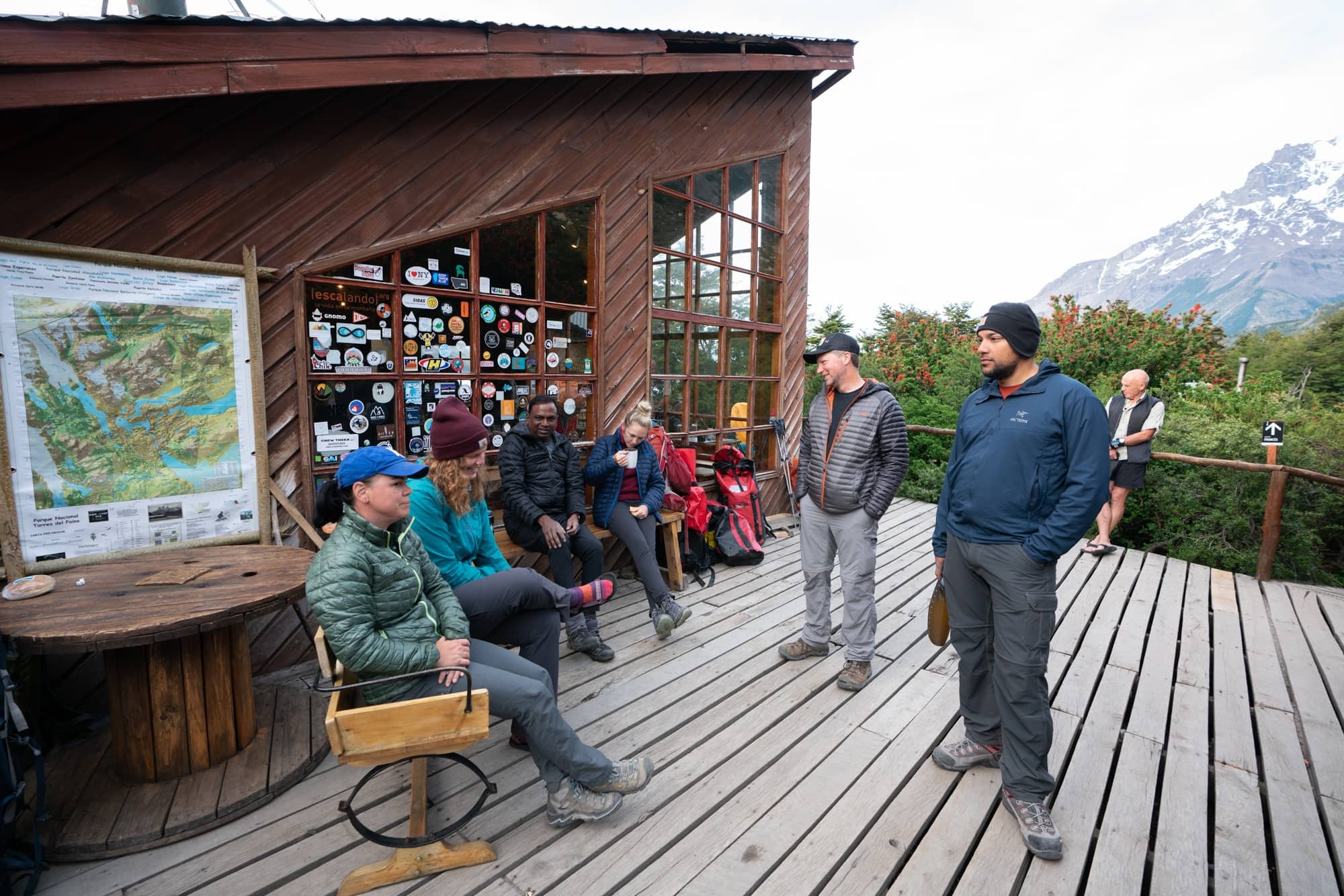Introduction to Exploring Patagonia
Patagonia is one of the most breathtaking regions in the world, filled with glaciers, jagged peaks, turquoise lakes, and vast wilderness. For travelers planning a trip, one major decision is whether to choose a Patagonia guided tour or go on a self-guided adventure. Both options have unique advantages, but your choice will depend on your travel style, budget, and goals. This article will highlight the differences, benefits, and reasons why a Patagonia guided tour might be the perfect choice for your journey.
What Is a Patagonia Guided Tour?
A Patagonia guided tour is a professionally organized travel experience led by expert guides who know the region inside out. These tours often include transportation, meals, accommodations, and planned itineraries that maximize your time in Patagonia. With a Patagonia guided tour, you gain insider knowledge about the landscape, culture, and wildlife that you might miss on your own.
What Is a Self-Guided Tour in Patagonia?
A self-guided tour means traveling independently, planning your own routes, booking accommodations, and navigating trails without professional guidance. While this option offers flexibility and freedom, it also requires more preparation, research, and responsibility. Unlike a Patagonia guided tour, you’ll need to manage logistics and safety entirely on your own.
Benefits of Choosing a Patagonia Guided Tour
One of the main advantages of a Patagonia guided tour is convenience. Your itinerary is already crafted by experts, ensuring that you see the region’s highlights without worrying about transportation or reservations. A Patagonia guided tour also provides valuable safety, as professional guides are trained to handle sudden weather changes and emergency situations. Additionally, many tours include cultural experiences, from visiting local communities to learning about Patagonia’s history and ecology.
Challenges of Self-Guided Travel in Patagonia
Self-guided travel in Patagonia may sound adventurous, but it comes with significant challenges. The unpredictable weather, remote locations, and limited infrastructure can make navigation difficult. Unlike a Patagonia guided tour, independent travelers must prepare extensively, carry necessary equipment, and often face unexpected delays. While it offers freedom, a self-guided trip can be overwhelming for first-time visitors.
Safety and Security Considerations
Safety is one of the most important factors when exploring Patagonia. A Patagonia guided tour ensures you are traveling with knowledgeable guides who can respond to emergencies. They understand trail conditions, wildlife risks, and weather patterns. On the other hand, a self-guided trip requires you to handle all safety measures yourself, which can be daunting in such an unpredictable environment.
Cost Comparison Between Guided and Self-Guided
Some travelers assume that a Patagonia guided tour is more expensive than going alone. While guided tours may have higher upfront costs, they often include meals, transport, accommodations, and permits. When you add up the hidden costs of a self-guided trip, the price difference is not always significant. A Patagonia guided tour can also save money by avoiding costly mistakes like booking the wrong routes or missing transport connections.
Flexibility of Travel Options
A self-guided trip offers more flexibility since you control your schedule. However, many Patagonia guided tour operators now offer customizable itineraries, allowing travelers to balance structure with freedom. Whether you prefer trekking the iconic W Trek in Torres del Paine or exploring hidden valleys, a Patagonia guided tour can adapt to your preferences.
Local Knowledge and Cultural Insights
One of the strongest reasons to choose a Patagonia guided tour is access to local knowledge. Guides share stories, history, and ecological insights that deepen your understanding of the region. While self-guided travel allows exploration, it often misses the cultural depth and personal connections that a guided experience provides.
Environmental Responsibility
Many Patagonia guided tour companies prioritize eco-friendly practices. They follow Leave No Trace principles, support conservation efforts, and partner with local communities. While self-guided travelers can also practice sustainability, organized tours often have a greater impact through structured initiatives and responsible tourism policies.
Which Option Is Better for First-Time Visitors?
For first-time visitors, a Patagonia guided tour is usually the better choice. The region’s vastness, unpredictable weather, and challenging logistics can make self-guided travel stressful. A Patagonia guided tour provides peace of mind, expert support, and a well-rounded experience that allows newcomers to fully enjoy Patagonia without unnecessary stress.
Which Option Suits Experienced Travelers?
Experienced trekkers and adventurers may prefer the freedom of self-guided travel. However, even seasoned travelers often choose a Patagonia guided tour for remote areas or challenging routes. The balance of safety, convenience, and deeper insights makes guided tours attractive to all experience levels.
How to Decide Between the Two Options
Your choice between a Patagonia guided tour and self-guided travel depends on your priorities. If you value convenience, safety, and expert guidance, a Patagonia guided tour is ideal. If you prefer independence, flexibility, and don’t mind extra planning, a self-guided option might suit you.
Conclusion: Making the Best Choice for Patagonia
Both guided and self-guided travel in Patagonia offer unforgettable experiences. However, a Patagonia guided tour provides unmatched safety, insider knowledge, and stress-free planning, making it the top choice for most travelers. Whether you’re trekking among glaciers, exploring Torres del Paine, or admiring the vast steppe, a Patagonia guided tour ensures your journey is enriching, comfortable, and truly memorable.



